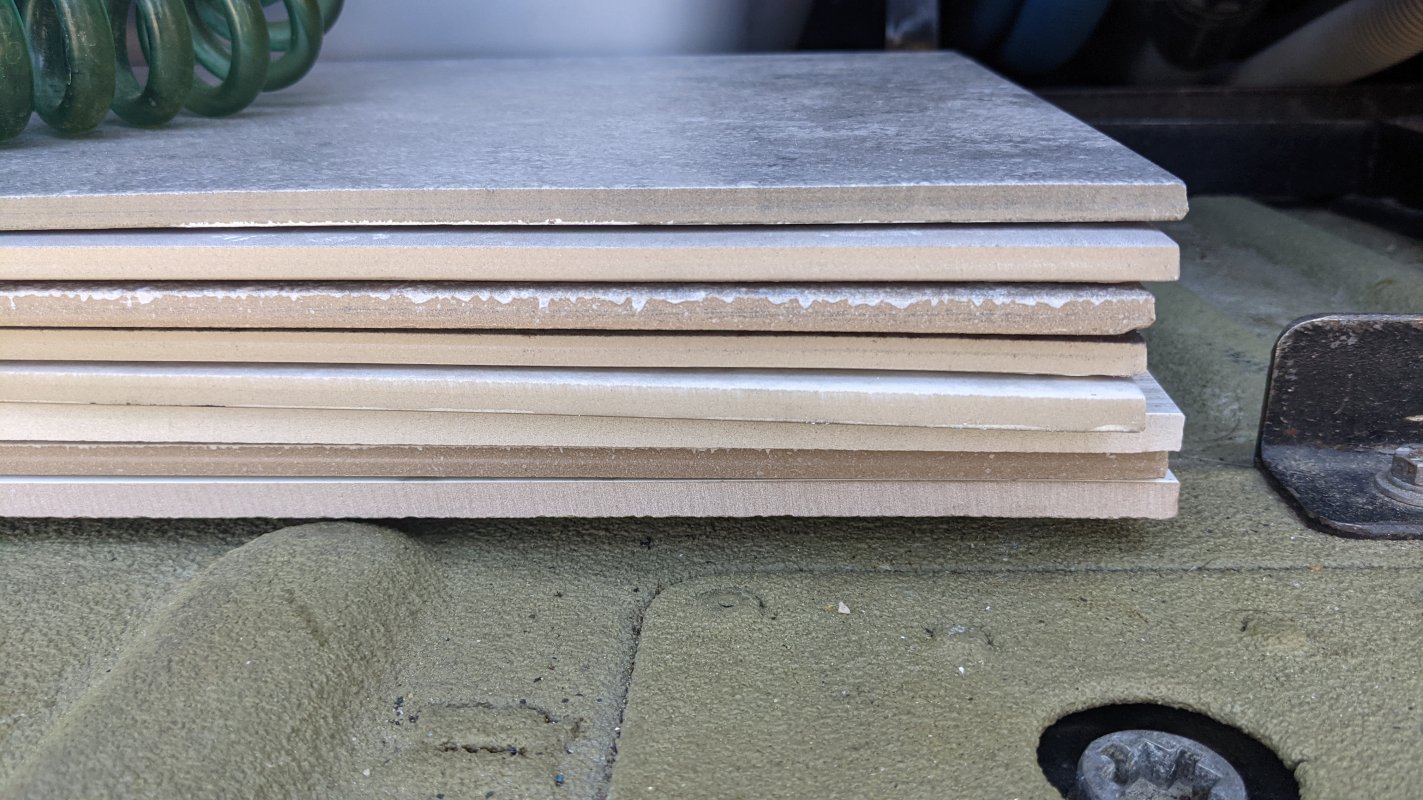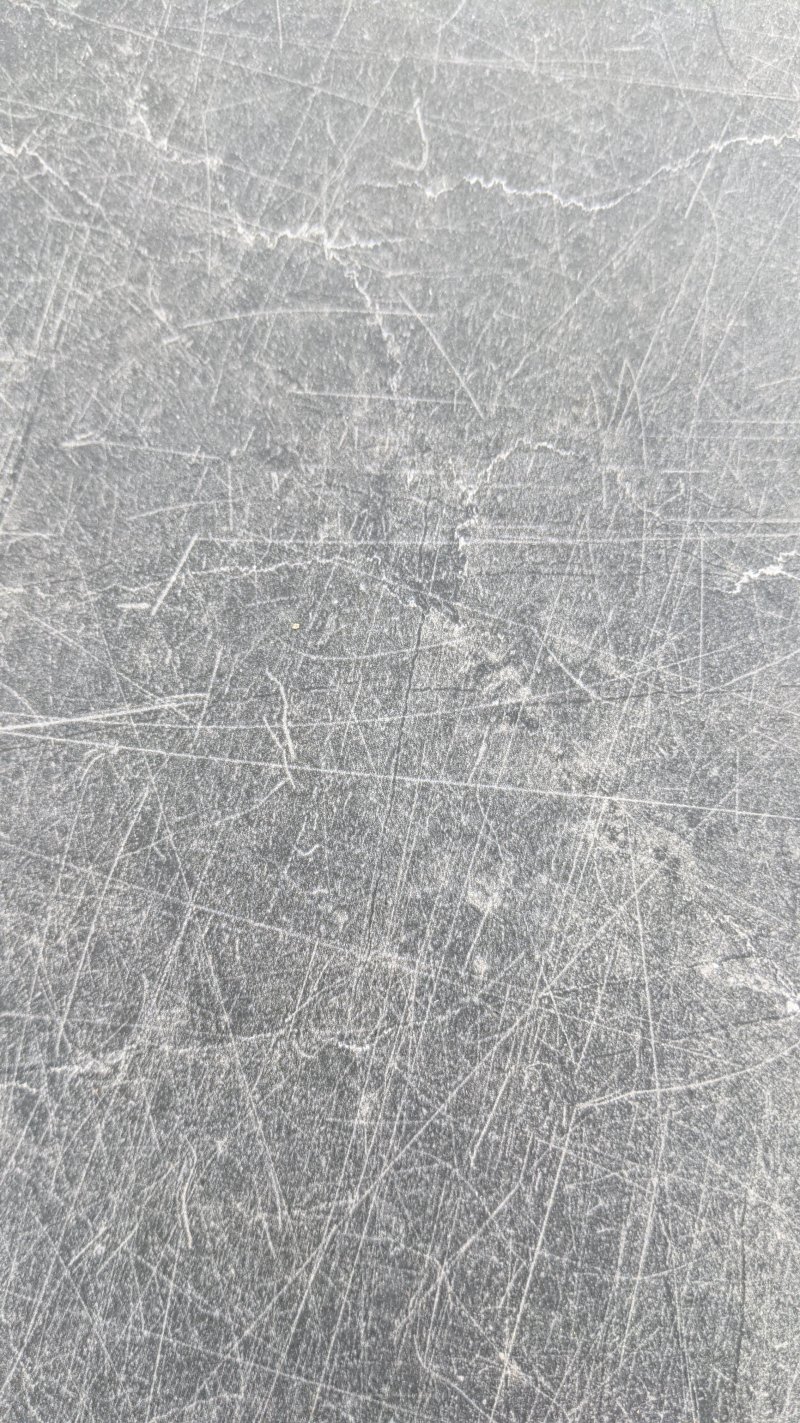Mikey P
Administrator
- Joined
- Oct 6, 2006
- Messages
- 116,868
The Porcelain Tile phenomenon (updated 5-22-2021) - Mike Pailliotet & Mark Saiger
What we know:
Porcelain tiles in all shapes, sizes and finishes are being factory treated with problematic coatings during the manufacturing process.
Tiles dating back to 2018 are of concern.
The coatings/glaze can easily scratch.
The coatings/glaze can become randomly splotchy from cleaning agents ranging from 9 to 14 pH.
Sometimes the splotchiness can be removed with a mild acidic cleaner (pH 4-5) or a neutral pH floor cleaner along with buffing with a microfiber towel or bonnet and a 175 floor machine
The splotchiness can also be permanent.
The splotchiness usually occurs in areas that were pretreated by the cleaner and allowed to dry before extracting.
It is our belief that the floor owner can damaged the coatings with normal house hold cleaning products.
The more the floor is cleaned, the easier it becomes to damage the top wear layer.
Powdered cleaning agents are far more likely to cause the splotchy damage.
If the tile's surface can be scratched, splotchiness is a given.
This is a global problem.
* update 6/2/21- Surface damage can be repaired, including scratched on test tiles. Various Porcelain polishing products being further tested.
What we believe:
These coatings/glazes may also act as slip resistant treatments.
These coatings could be protective to prevent damage during shipping.
Neutral cleaning agents do not create any issues.
The splotchiness could be something the homeowner or maintenance staff is creating, and we (Professional cleaning service providers) are only revealing it as we rinse the floors.
As of May 22, 2021 we don’t have a fix or a cure but testing of a two-part system out of Italy for Porcelain restoration will hopefully find a solution to fix both scratches and the splotchiness.
What we can do:
Professional cleaning services need to document all existing damage during the inspection process and have the customer sign and acknowledge.
Test for scratching.
Use the brush ring on your Spinner tool or hard surface wand
Be certain of the floor’s age prior to estimating or cleaning.
Risks involved to be stated in writing and signed and acknowledged by the customer.
Know how to positively identify Porcelain from Ceramic.
What we know:
Porcelain tiles in all shapes, sizes and finishes are being factory treated with problematic coatings during the manufacturing process.
Tiles dating back to 2018 are of concern.
The coatings/glaze can easily scratch.
The coatings/glaze can become randomly splotchy from cleaning agents ranging from 9 to 14 pH.
Sometimes the splotchiness can be removed with a mild acidic cleaner (pH 4-5) or a neutral pH floor cleaner along with buffing with a microfiber towel or bonnet and a 175 floor machine
The splotchiness can also be permanent.
The splotchiness usually occurs in areas that were pretreated by the cleaner and allowed to dry before extracting.
It is our belief that the floor owner can damaged the coatings with normal house hold cleaning products.
The more the floor is cleaned, the easier it becomes to damage the top wear layer.
Powdered cleaning agents are far more likely to cause the splotchy damage.
If the tile's surface can be scratched, splotchiness is a given.
This is a global problem.
* update 6/2/21- Surface damage can be repaired, including scratched on test tiles. Various Porcelain polishing products being further tested.
What we believe:
These coatings/glazes may also act as slip resistant treatments.
These coatings could be protective to prevent damage during shipping.
Neutral cleaning agents do not create any issues.
The splotchiness could be something the homeowner or maintenance staff is creating, and we (Professional cleaning service providers) are only revealing it as we rinse the floors.
As of May 22, 2021 we don’t have a fix or a cure but testing of a two-part system out of Italy for Porcelain restoration will hopefully find a solution to fix both scratches and the splotchiness.
What we can do:
Professional cleaning services need to document all existing damage during the inspection process and have the customer sign and acknowledge.
Test for scratching.
Use the brush ring on your Spinner tool or hard surface wand
Be certain of the floor’s age prior to estimating or cleaning.
Risks involved to be stated in writing and signed and acknowledged by the customer.
Know how to positively identify Porcelain from Ceramic.
Last edited:



